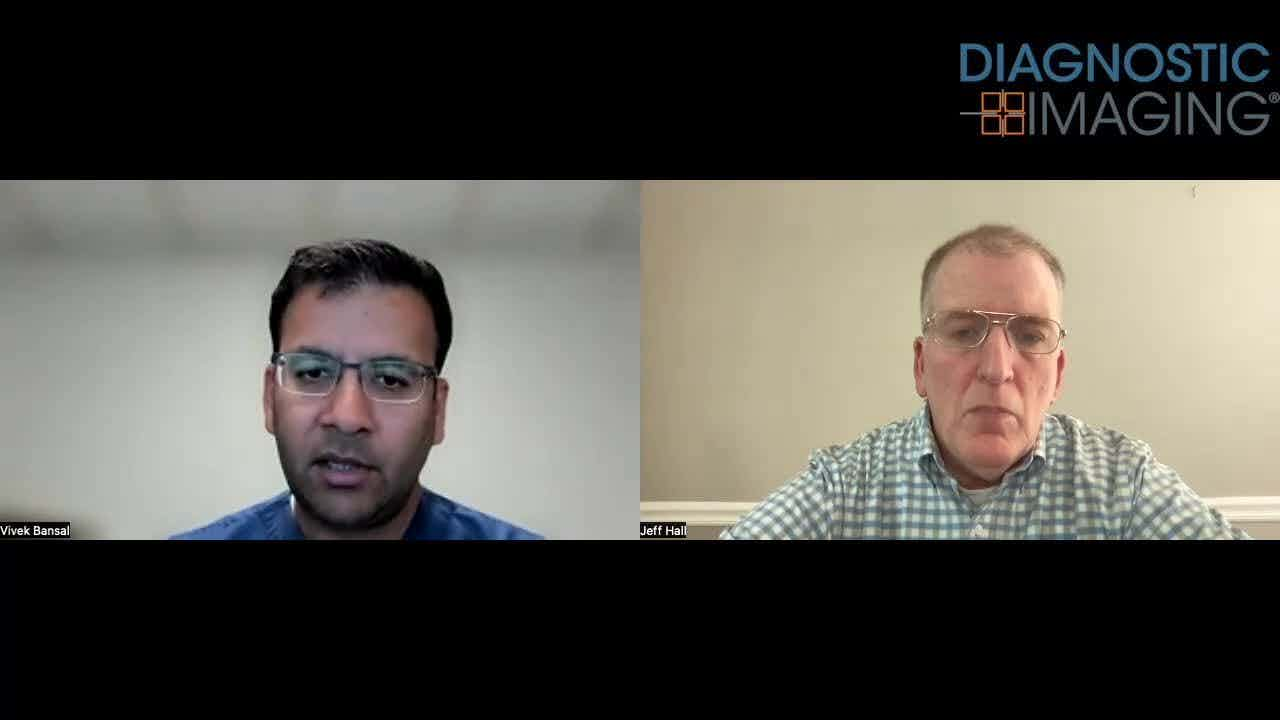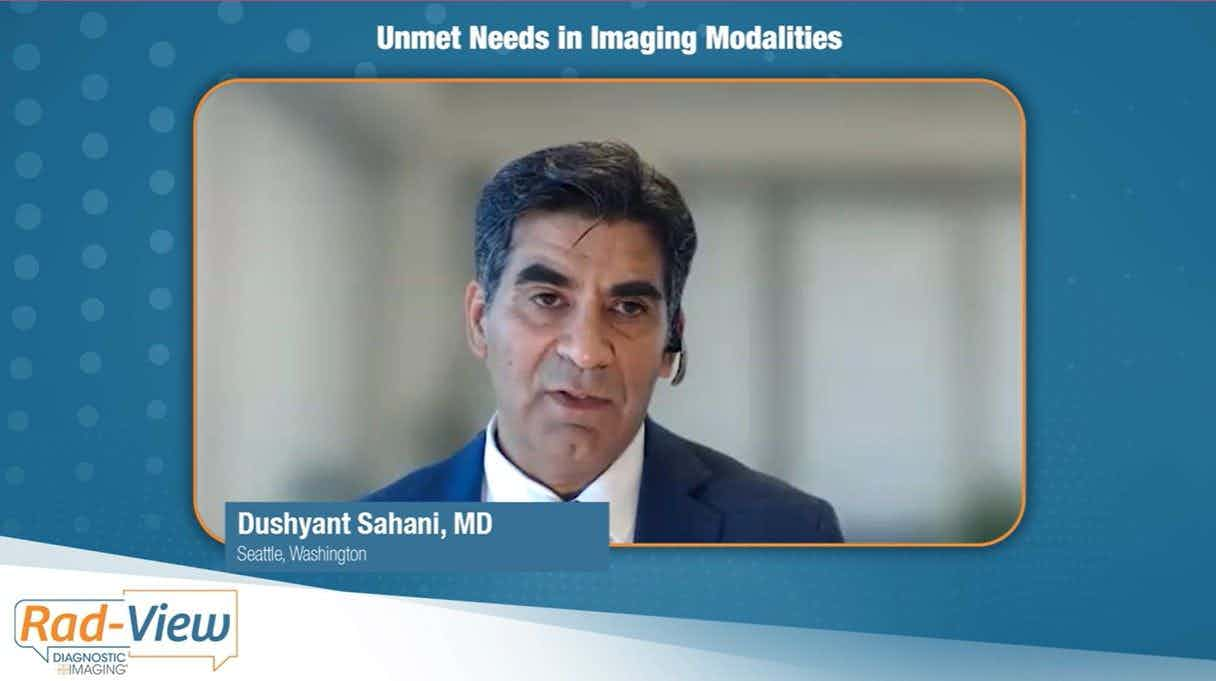Is Cardiac PET Finally Finding New Avenues for Growth?
American Society of Nuclear Cardiology 2016 shows the cardiac PET value chain still faces more headwinds than tailwinds.
Shining Technical Credentials
Cardiac PET is, objectively, one of the most powerful imaging modalities in functional imaging of the heart. It is able to image cardiac function and blood flow non-invasively with higher sensitivity and/or specificity than many competing imaging technologies. Higher diagnostic accuracy, better image quality, shorter overall procedure times, lower dose, more robust quantitation, less dependence on patient size – are some of the attributes where cardiac PET often shines in the inter-modality race.
At least on the tech-specs front, perfusion imaging of the heart with PET can be deemed superior to well-established modalities such as cardiac SPECT, cardiac MRI, or stress echocardiography. This is the first-and-foremost ‘headwind’ that has enabled a fairly successful initial take-off for cardiac PET throughout the 1990s.
A Next-Big-Thing Label for Too Long
The problem with this technical roll of honor for cardiac PET, is it has been the ‘next big thing’ for almost three decades now. The initial take-off can be dated back to a major industry event in 1989, when Bracco Diagnostics’ CardioGen-82 Rubidium generator became the first FDA-approved radioimaging agent dedicated to cardiac PET. Or, the take-off can be dated back to 1995, when myocardial PET perfusion imaging (PET MPI) first gained approval for Medicare reimbursement.
Looking back just one decade, when I started as a medical imaging market analyst, many in the industry would sound very confident predicting that the utilization of cardiac PET was about to explode, and that if it did, this would finally give justice to its technical edge. Yet, today, ten years later, the tech-specs of cardiac PET look even better on paper, notably with the ability to measure coronary flow reserve (CFR) quantitatively, but the ‘explosion’ in its clinical use still hasn’t happened.
Utilization Stuck in the Low-Single-Digits
The few hundred early adopters of cardiac PET, both on the hospital as well as on the ambulatory side, have remained for the most part faithful to this cutting-edge modality – even through the voluntary recall of CardioGen-82 in 2011. While this healthy take-off could have edged up like a hockey-stick, only few more nuclear imaging, radiology, or cardiology service lines have since then jumped on the cardiac PET bandwagon.
The growth phase that would lead cardiac PET closer to adoption by an early majority of cardiac imaging providers, clearly has not yet materialized. Cardiac PET in the U.S. still represents merely around 2% of the volume of cardiac imaging procedures (well behind echocardiography, cardiac SPECT, cardiac angiography, among others), and around 5% of overall PET procedure volumes (still largely dominated by FDG imaging in oncology).
Reimbursement Stability, Following Record Fluctuations
Since gaining CMS approval in 1995, the reimbursement rates for PET MPI, the most prominent procedure, have varied widely. Most notably, a big jump in 2006 increased rates more than three-fold to above the $2,000 mark. Since then, a number of year-over-year cuts (e.g., minus 23% in 2011), billing code ‘packagings’ (eg, bundling of stress/rest imaging), and occasional increases (eg, +24% in 2010), have kept the rates on a rollercoaster ride.
Yet, PET MPI reimbursement seems to have stabilized over the last few years, around the $1,300 mark in the hospital setting, inclusive of around $250 for the radio-agent dose (Rubidium 82 or N-13 Ammonia). Comparing that to a reimbursement rate of about $1,200 for SPECT MPI, including one or two $70 Tc-99 doses, the financial model for PET MPI does not seem extremely bright.[[{"type":"media","view_mode":"media_crop","fid":"52574","attributes":{"alt":"Nadim Michel Daher, Industry Principal, Medical Imaging and Imaging Informatics, Frost & Sullivan","class":"media-image media-image-right","id":"media_crop_7828119449113","media_crop_h":"0","media_crop_image_style":"-1","media_crop_instance":"6526","media_crop_rotate":"0","media_crop_scale_h":"0","media_crop_scale_w":"0","media_crop_w":"0","media_crop_x":"0","media_crop_y":"0","style":"height: 250px; width: 200px; border-width: 0px; border-style: solid; margin: 1px; float: right;","title":"Nadim Michel Daher, Industry Principal, Medical Imaging and Imaging Informatics, Frost & Sullivan","typeof":"foaf:Image"}}]]
Business Case Viable only at Very High Patient Volumes
Despite being fairly well reimbursed, the payment levels are often not sufficient to offset the high costs of running a cardiac PET program. Purchasing a new rubidium tracer generator every 28 days can cost upwards of $400,000 per year, while investing in an institutional cyclotron is a large capital project that can fall well into the seven-digits. In addition to these high recurring or start-up costs, one must also factor-in the cost of block-scheduling ‘time slots’ from oncology or radiology on the PET-CT equipment, or the purchase of a stand-alone PET or mobile PET service.
Therefore, all in all, a cardiac PET imaging program is only able to break-even financially if it sustains a throughput of at least seven or eight patients a day. Today the demand is simply not there to sustain such levels, except at the very top segments of the market, such as large academic centers or cardiac centers of excellence.
Appropriate Use the Societies’ Number One Priority
As was clear from the 2016 annual meeting of the American Society of Nuclear Cardiology (ASNC)in Boca Raton, Florida, establishing standard appropriate use criteria (AUC) for cardiac PET is currently one of the society’s top priorities. As we prepare for the rollout of the Protecting Access to Medicare Act of 2014, this cannot be timelier. After acting somewhat protective of SPECT in the past, the ASNC is now working closer than ever with the Society of Nuclear Medicine and Molecular Imaging, which for its part has embraced PET since its inception. The two clinical authorities (respectively for nuclear cardiology and nuclear medicine) are now hand-in-hand in designing new cardiology care pathways and clinical protocols that seek to make the most appropriate use of the state-of-the-art molecular imaging armamentarium.
Based on the work-in-progress, it appears that provided a facility has access to PET, new protocols may deem cardiac PET most ‘appropriate’ for specific patient cohorts. For example, patients who are likely to have significant attenuation artifacts in SPECT, such as large patients and women with dense breasts. Specifically, PET MPI stands a high chance of being recommended, even as a first-line modality, anytime the primary goal of the pathway is risk stratification or viability assessment. The guidelines will capitalize on the modality’s unique capabilities to provide absolute myocardial blood flow quantification, as well as the evaluation of different forms of cardiomyopathy.
Bundled Payments and Turf Battles on the Short Horizon
Looking at the Bundled Payments for Care Improvement (BPCI) initiative of CMS, 14 out of 48 episodes of care where work is being done to develop a bundled payment pertain to cardiovascular care episodes. Like has already been implemented in orthopedics for hip-and-knee replacement under the Comprehensive Care for Joint Replacement Model, new Medicare payment bundles are underway in cardiology, notably one for coronary artery bypass graft surgery (CABG) and another one for acute myocardial infarction/percutaneous coronary intervention (AMI/PCI).
Adding to the mix of disruptive changes is the ongoing consolidation in the provider landscape, notably hospital acquisitions of nuclear outpatient labs and cardiology private practices, which in most cases tend to reorganize nuclear medicine under radiology. This, together with the adoption of hybrid imaging in general, is blurring the lines between molecular imaging and diagnostic imaging service lines.
Outlook Neutral, but with High Chances to Improve
These changes raise new, important questions that will shape out the future growth path for cardiac PET:
- Will the modality keep up with the ongoing advances on the cardiac SPECT front, notably the high-end tier of solid-state-detector cameras (GE Healthcare, Digirad, Spectrum Dynamics)?
- Will it prosper as a constituent of the upcoming bundled care pathways despite its high cost, complex logistics, acute training, and spotty access?
- If it does pick up in a big way, who of radiology, cardiology or nuclear medicine departments will be best positioned to gain ownership?
The Reading Room Podcast: Emerging Trends in the Radiology Workforce
February 11th 2022Richard Duszak, MD, and Mina Makary, MD, discuss a number of issues, ranging from demographic trends and NPRPs to physician burnout and medical student recruitment, that figure to impact the radiology workforce now and in the near future.
GE HealthCare Debuts AI-Powered Cardiac CT Device at ACC Conference
April 1st 2025Featuring enhanced low-dose image quality with motion-free images, the Revolution Vibe CT system reportedly facilitates improved diagnostic clarity for patients with conditions ranging from in-stent restenosis to atrial fibrillation.
New Collaboration Offers Promise of Automating Prior Authorizations in Radiology with AI
March 26th 2025In addition to a variety of tools to promote radiology workflow efficiencies, the integration of the Gravity AI tools into the PowerServer RIS platform may reduce time-consuming prior authorizations to minutes for completion.










